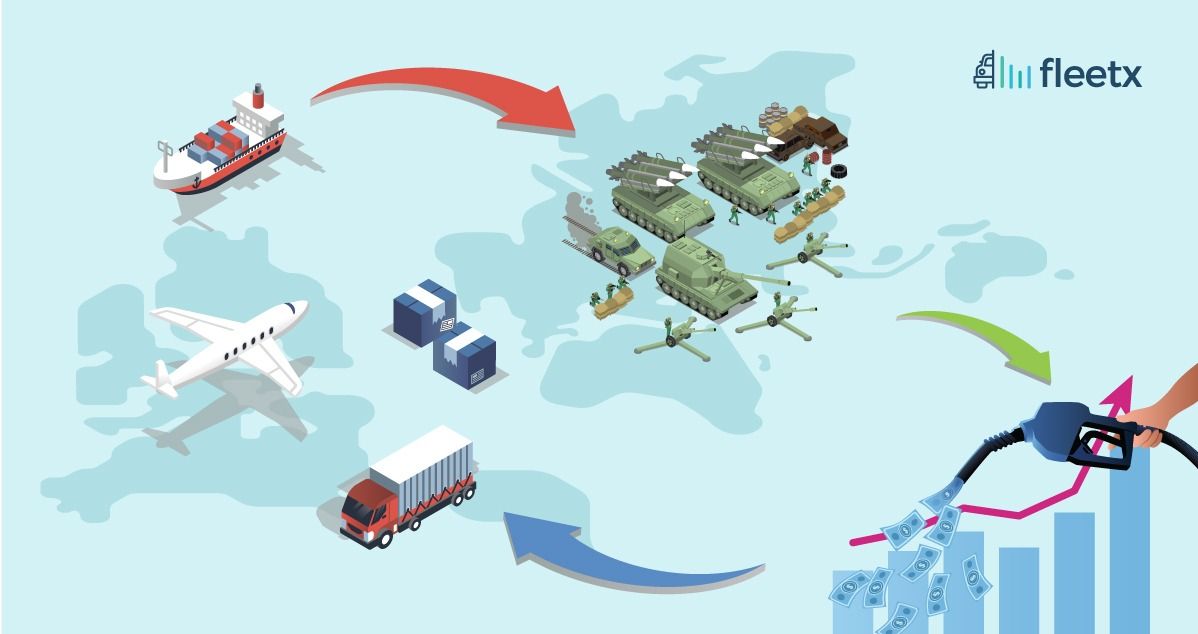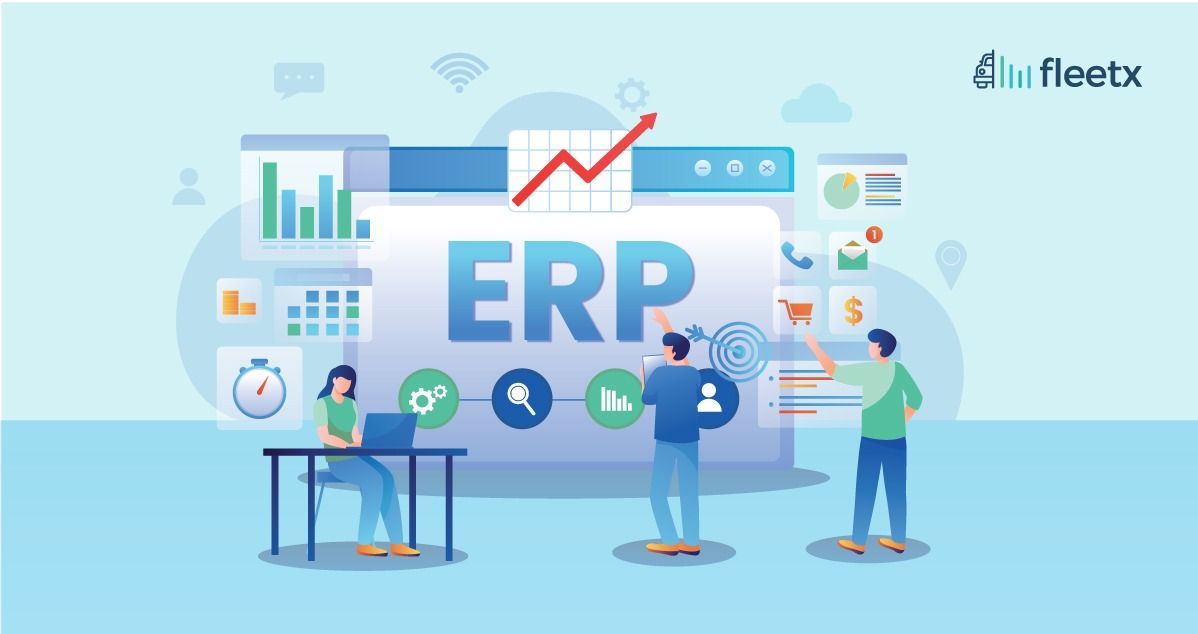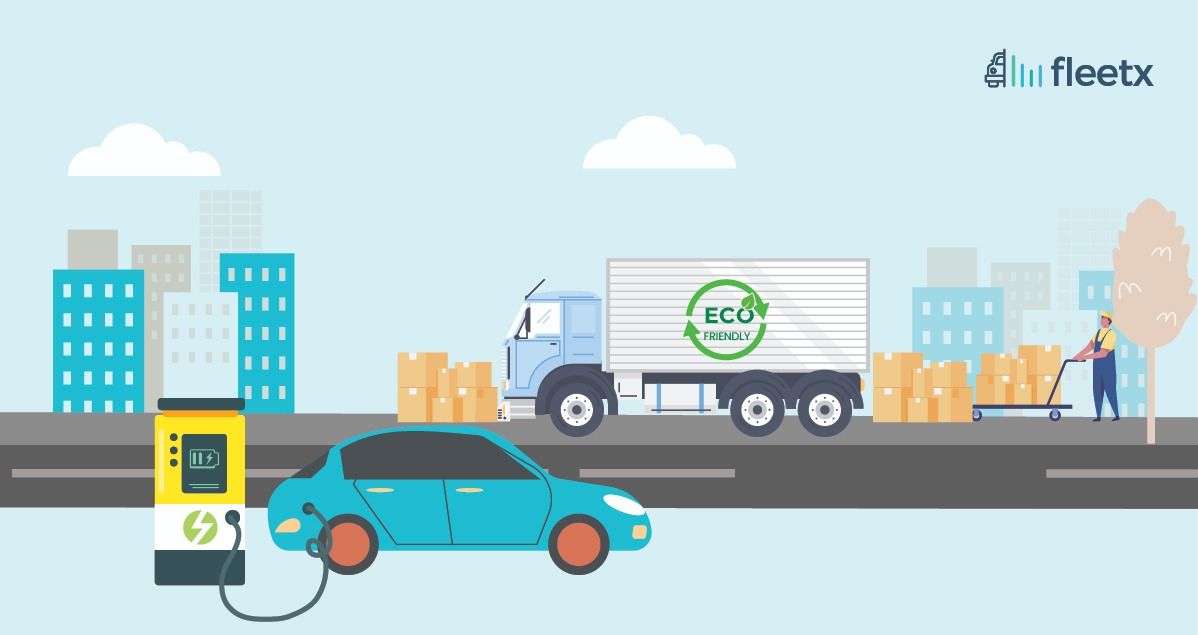
Among the key operations that are quintessential for running a business, transportation perhaps takes the leading role. Without a robust transport management system, no business can effectively scale or operate. This is particularly true for businesses in sectors such as the automobile, consumer goods, etc., with complex supply chains. We call supply chain operations in such a sector complex for various reasons ranging from the number of input materials to distribution networks. For example, in the electronics industry, particularly in the production of smartphones and laptops, inputs required to make smartphones are sourced from different regions. A supply chain failure for one of the components can bring the assembly lines to a standstill, thus affecting the business. Apple works with suppliers in 43 countries and six continents to make its products, and the supply chain gets even more complex when we look at the sourcing of individual raw materials. The hustle doesn't end here; post-production of goods, transportation becomes even more critical for purposes such as distribution, shipping, and last-mile delivery.
For the consumer goods industry, particularly FMCG, efficient transportation is of even greater importance. Razor-thin margins for companies and cut-throat competition ultimately bring the battle for market share down to fast-paced and well-connected distribution and transportation networks. Companies that have leveraged data and automation by integrating technology, 3PL logistics, and AI among other advancements have been able to improve profitability, revenue, and bring down their operation cost significantly. Better distribution and transportation networks have allowed tech-driven companies to gain a substantial market share in the segment as well.
Asian Paints, which holds over 50% of the market share in the paint industry and posted an operating margin of 14.47% by the end of 2022, practically invented the direct-from-factory-to-consumer model of business by using tech-based systems for manufacturing, order processing, and supply chain, thus integrating the order-taking service into a one-stop call center. In a nutshell, Asian Paints reinvented their transport management and supply chain for their industry and modernized it using data and automation to turn into the behemoth that they are today.
A genuine case for making transport operations efficient
In India, the majority of logistics firms in India are unorganized and owned by individuals who possess only a small fleet of one or two trucks. Moreover, global logistics costs typically represent 6% of the product cost, while in India, it ranges from 13% to 15%. This inefficiency within the Indian transportation industry is responsible for roughly 4.3% of the country's GDP, and it primarily results from ineffective logistics practices and processes. NITI Aayog states that road transportation handles 71% of all of the country's freight movement, while the cost of transportation is more than 30% of what it would cost in the United States.
Moreover, global events that shaped 2022 were far from stable. Case in point is the Russia-Ukraine war that completely disrupted the post-pandemic recovery for almost all nations, particularly the ones in the global south. In addition to pursuing high economic growth to make up for almost two years of downturn, countries had to deal with inflation, high fiscal deficit, and disrupted supply chains that exponentially increased the cost of doing business. Inflation, in particular, has hampered the economic prospects of people and businesses alike. One of the most pressing challenges is the rampant rise in the cost of fuel and gas.
India, being a fuel-importing country, relies on major oil producers that include Russia for their supply of fuel. Sanctions by western countries led to the price of fuel skyrocketing, and its direct impact was seen on businesses' balance sheets apart from the price readings at petrol pumps. From a supply chain perspective, the cost of fuel makes up anywhere between 40-50% of the entire transportation cost for businesses in India. Along with India, several other Asian and African countries saw the cost of importing fuel dramatically rise, destabilizing their economy. And if the energy crisis was not enough, due to Russia and Ukraine being major sources of food grain, countries were also hit with a shortage of food grains with several food items becoming extremely expensive. In a nutshell, fuel and food supply chains were poorly hit.
For India, a rise in cost of transportation early in 2022 was eventually passed onto the customers, leading to inflation in the price of consumer goods. Inflation, in the end, hurts businesses as it hampers revenue growth. Inflation towards the end of the year has been relatively tamed at home and abroad due to monetary tightening policies of central banks around the world. On the downside, monetary tightening through increasing repo rates results in a lot of liquidity being removed from the market, thus making it difficult for businesses to raise money for expansion. It particularly impacted small businesses, whether it was a transport business or an apparel company, as the move set back debt financing significantly. New-age businesses and startups make up a large portion of the e-commerce supply chain, and thus the demand for transportation services was hit as well.
Making the case for Transport Management Softwares (TMS)
Source: QuickMove
A Transport Management Software (TMS) typically provides a centralised platform that allows companies to manage and track their shipments, carriers, and inventory levels in real-time. The software can automate the process of selecting the most cost-effective and efficient shipping routes, carriers, and modes of transportation. It also provides tools for managing and monitoring the performance of carriers and logistics providers. The primary objective of using a TMS is to help businesses and transporters manage their entire transport operations efficiently. In simple words, a TMS can help businesses make the process of transporting goods from one place to another more cost-effective.
In the Indian context, TMS, with all its features, can solve the problem of Supply Chain Visibility that has plagued the country’s fragmented supply chain ecosystem. As discussed, most Indian transporters have small fleets of 1-2 trucks, and for that very reason, they tend to operate their operations more traditionally, requiring manual intervention and labor. The lack of visibility in business operations makes businesses quite vulnerable to cargo theft, fuel theft, among other malpractices that are quite common in the Indian transport sector. Using a TMS, a business owner or a fleet manager will have a centralized view and access to data across different aspects of transport operations in real-time. Moreover, security checks and alert systems are part of a TMS that can alert the fleet manager in case of unwanted stops, route diversion, etc., providing businesses with more control and visibility over their transport operations.







